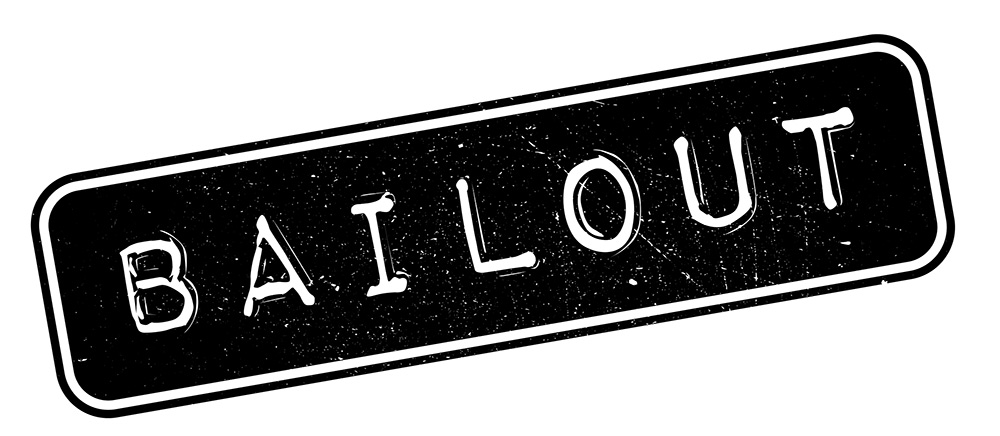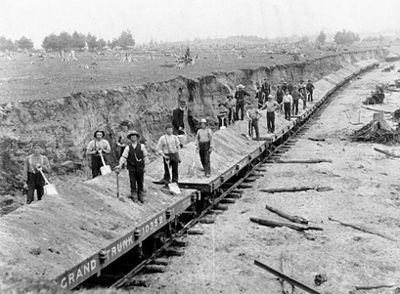A bailout consists of providing financial help to a business or to the wider economy during times of trouble.
Bailouts during the Recession of 2008–09
Bailouts were an important tool during the 2008–09 global economic crisis. In September 2008, major US financial services firms collapsed. In response, central banks put trillions of dollars’ worth of liquidity into the financial system. The US government also brought in fiscal policies to bail out the country’s struggling economy. It was the greatest economic slowdown to hit the United States since the Great Depression of the 1930s.
The Canadian government and the Bank of Canada also reacted to the global financial crisis with measures that could be called “bailing out.” In addition to supporting sectors such as banking and automotive, they took actions that targeted the economy as a whole. For example, the government provided new support for the Business Development Bank of Canada and the Export Development Corporation. The Bank of Canada, for its part, lowered its policy interest rate from more than 4 per cent to below 1 per cent. These moves eased the interest burden on Canadian households, businesses and governments.

Criticism
Critics argue that bailouts forestall the process of what economist Joseph Schumpeter called “creative destruction.” Creative destruction sustains capitalism by encouraging productive businesses and forcing less competitive ones to change or close. This process encourages inefficient businesses and capital to move to other sectors in which they can better add value. Bank of Canada governor Stephen Poloz has discussed creative destruction as an inevitable effect of the growth of Canada’s digital economy.
However, in recent decades governments have increasingly relied on bailouts to weather potential financial crises. This suggests that the bailout is becoming a standard economic tool, particularly as it applies to larger businesses, institutions and sectors.

 Share on Facebook
Share on Facebook Share on X
Share on X Share by Email
Share by Email Share on Google Classroom
Share on Google Classroom




